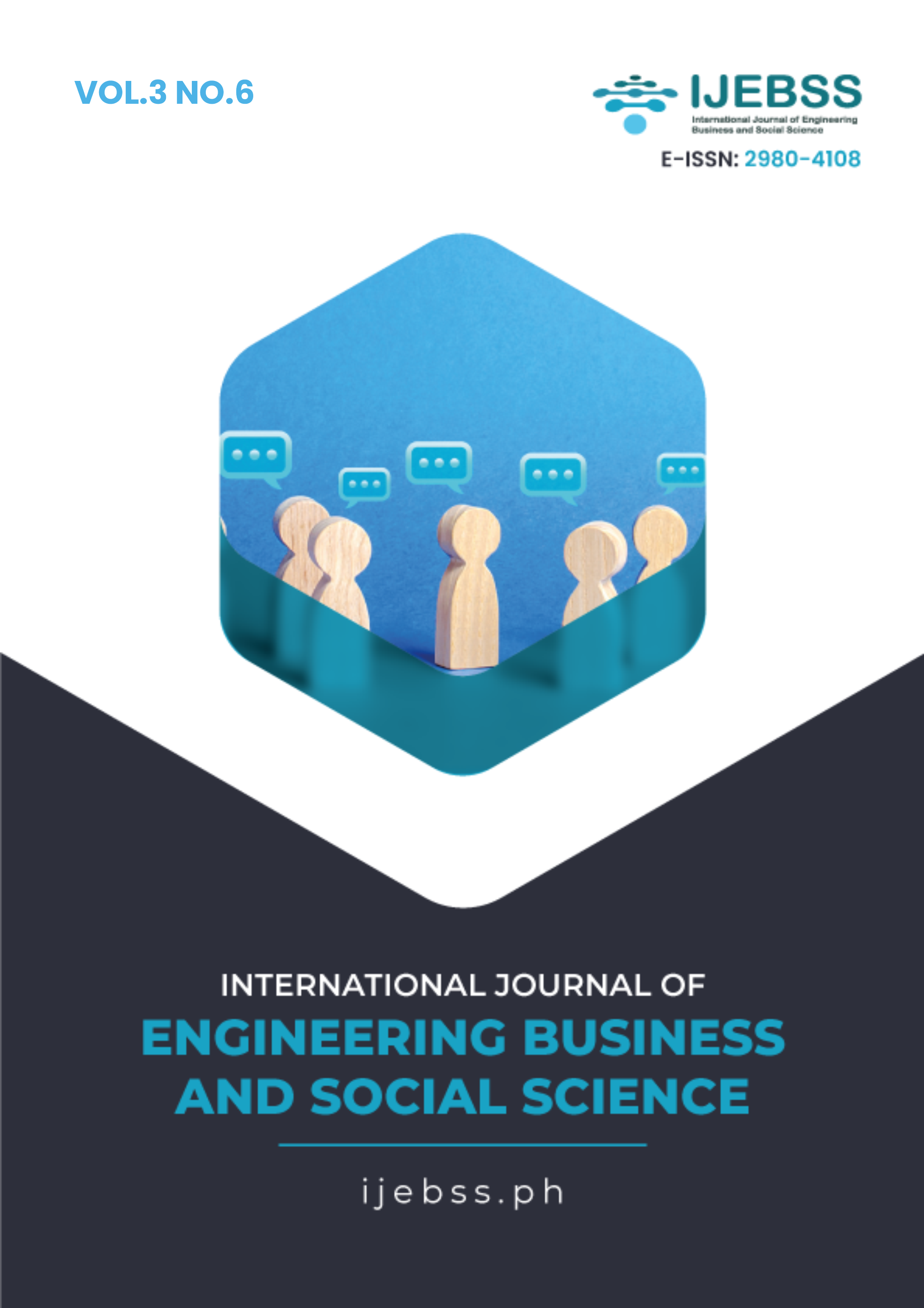Strategy Analysis of Logistic Transportation Decarbonization Through Mode Shift as an Effort to Reduce Externalities: A Case Study of Pasar Induk Beras Cipinang
Keywords:
decarbonization strategy, logistic transportation, freight mode shift, Pasar Induk Beras Cipinang (PIBC), GHG emissions, sustainable logistics, carbon taxAbstract
This research evaluates the potential for decarbonizing freight transport at Pasar Induk Beras Cipinang (PIBC), Jakarta's main rice market, through a modal shift from trucks to rail. Using an integrated methodology combining traffic surveys, mobile phone origin-destination data, and GHG Protocol calculations, we analyze emission reduction scenarios and their economic implications. The research reveals that current truck-based operations generate substantial emissions, with inbound freight contributing 268 tons CO₂e/day and outbound freight adding 36 tons CO₂e/day, primarily from the Surakarta-Tegal-Cirebon corridors. Our analysis demonstrates that strategic implementation of rail transport could reduce CO₂ emissions by 48% for inbound logistics, equivalent to shifting 11.3 kt/day to rail and saving Rp14.6 million daily in carbon taxes. Medium-duty trucks account for 82% of emissions, with peak activity occurring during nighttime hours. While Java's existing rail infrastructure has capacity for 180-360 tons/day through its northern and central lines, outbound emissions may still increase by 400% without additional interventions due to growing demand. These findings provide critical insights for achieving Indonesia's Net Zero Emissions target by 2050, highlighting the importance of prioritizing inbound logistics for mode-shift strategies. The study's methodology, particularly its innovative use of mobile big data for freight flow analysis, offers a replicable framework for urban freight decarbonization in similar emerging market contexts. The results underscore rail transport's viability for bulk commodity distribution in urban areas and provide quantitative evidence to support infrastructure investment decisions. This research contributes to sustainable logistics planning by offering policymakers and industry stakeholders actionable strategies for reducing transportation emissions while maintaining economic efficiency in Indonesia's crucial rice distribution network.
Published
Issue
Section
Copyright (c) 2025 Raisya Amru Adzhani, Nahry Nahry, Sutanto Soehodho, Astryd Viandila Dahlan

This work is licensed under a Creative Commons Attribution-ShareAlike 4.0 International License.
Authors who publish with this journal agree to the following terms:
- Authors retain copyright and grant the journal right of first publication with the work simultaneously licensed under a Creative Commons Attribution-ShareAlike 4.0 International. that allows others to share the work with an acknowledgment of the work's authorship and initial publication in this journal.
- Authors are able to enter into separate, additional contractual arrangements for the non-exclusive distribution of the journal's published version of the work (e.g., post it to an institutional repository or publish it in a book), with an acknowledgment of its initial publication in this journal.
- Authors are permitted and encouraged to post their work online (e.g., in institutional repositories or on their website) prior to and during the submission process, as it can lead to productive exchanges, as well as earlier and greater citation of published work.


